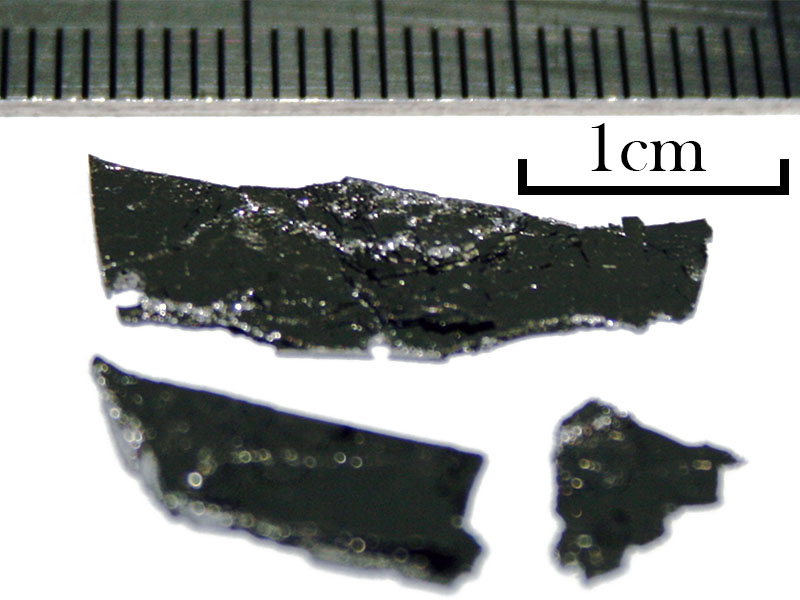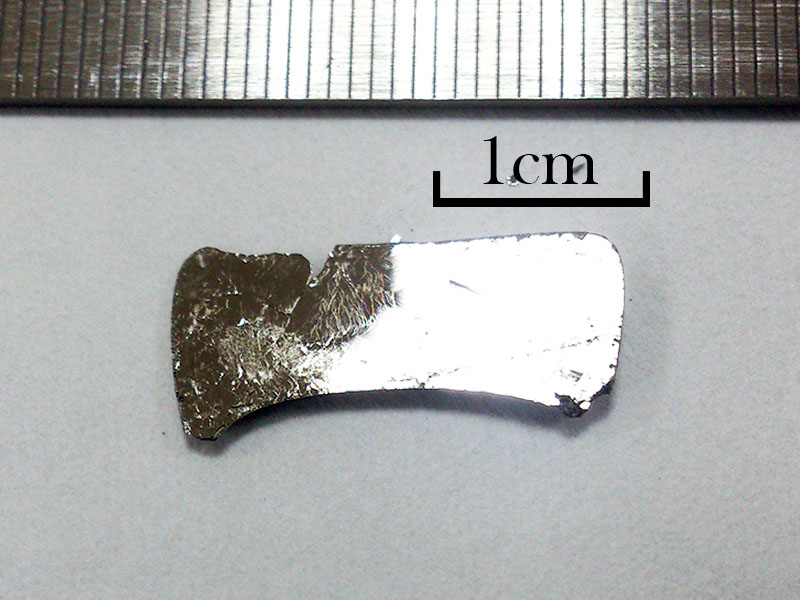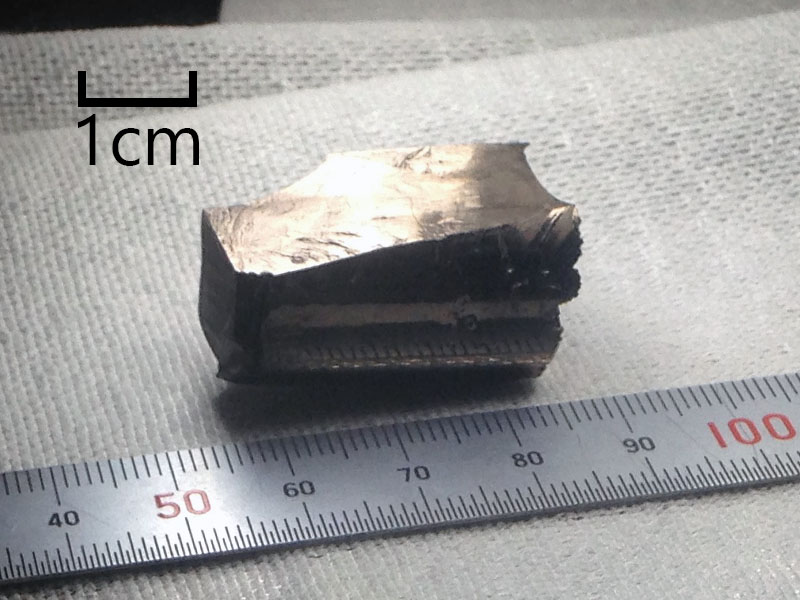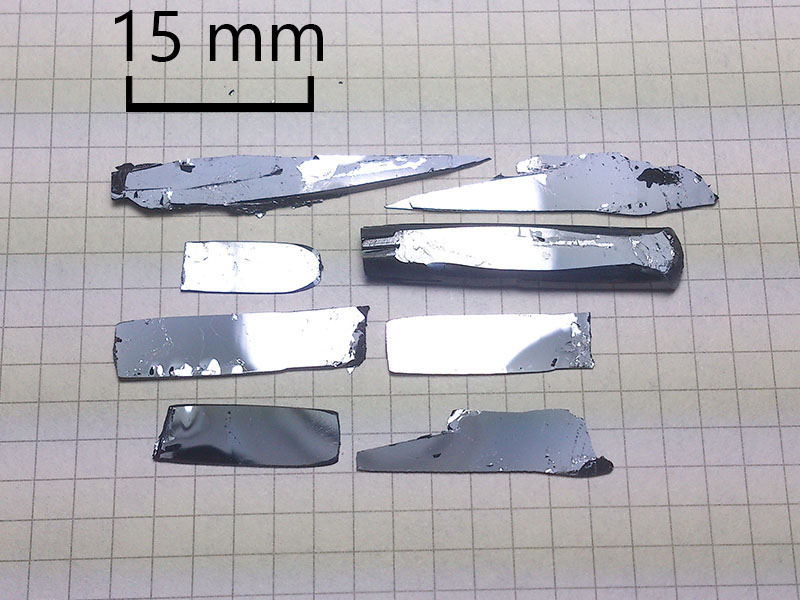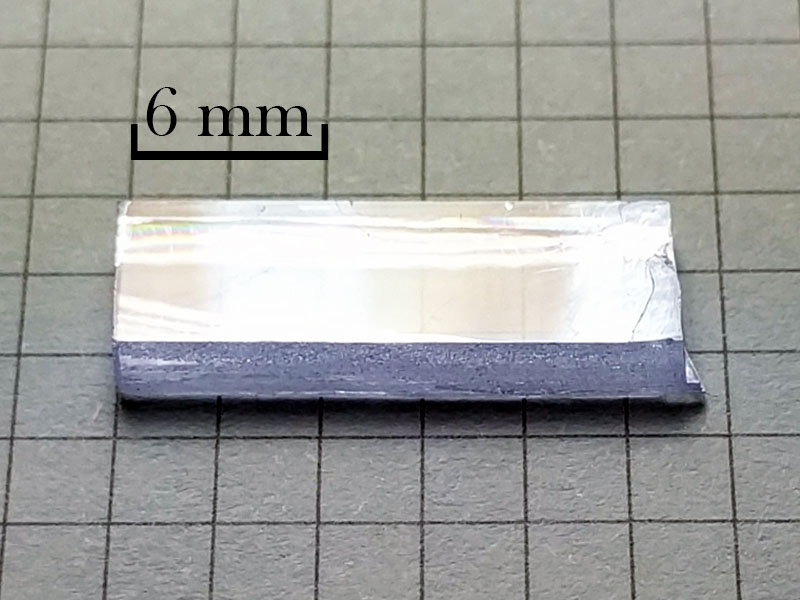Research Interests
We use various neutron scattering techniques to study strongly correlated systems, including unconventional superconductors, low-dimensional magnetic materials and other transition metal oxides. Our research focus is the exploration of crystal structures, magnetic structures, spin excitations and phase transitions of these systems.
Neutron scattering is a powerful tool to study the nuclear and magnetic structures of condensed matter systems as well as lattice dynamics and spin excitations because neutrons have some unique advantages:
A neutron has zero charge: no coulomb interaction with atoms in the solid, allowing neutrons to penetrate deeply into the materials for bulk properties study.
A neutron has 1/2 spin with a magnetic dipole moment 1.913 μn: ideally suited to the study of microscopic magnetic structures and magnetic fluctuations that underpin macroscopic magnetic phenomena in materials.
The wavelength of the thermal neutrons is comparable to the interatomic distance: study the crystal structures.
The energy of thermal neutrons is at the same order of the element excitations in the condensed matter systems: sensitive to the element excitations in the scattering systems.
Our current and perspective research interests include:
Magnetism and its relationship with superconductivity in unconventional and high temperature superconductors, such as iron-based and copper oxide superconductors
For more than 20 years, high-Tc superconductivity was believed to be unique to copper oxide based materials (cuprates). However, everything changed in the early part of 2008, when a class of high-Tc superconductors based on iron (iron pnictides) was discovered. These novel materials opened a new avenue of research that could help to unravel one of the biggest mysteries in science—the mechanism of high-Tc superconductivity. The iron-based superconductor, as a second type of high-temperature superconductors, in nature, shares a lot of similarities with the copper oxide superconductors, yet with a few obvious distinctions. Studying general features among unconventional superconductors is crucial in understanding the mechanism of high-Tc superconductivity.
Magnetic interactions in multiferroic materials
Multiferroic materials, in which there are couplings between different types of ferroic orders, have attracted great attention recently. Neutron scattering is ideal to study the complex magnetic structures and interactions of this system.
Novel quantum states of some transition metal oxides: 4d/ 5d materials
Due to the strong spin-orbit coupling, some 4d or 5d transition metal oxides are expected to exhibit novel phases. Theoretically, the ground state of these materials could be Mott insulators, topological insulators, spin liquid or even high-temperature superconductors.
Low-dimensional and nano-magnetic materials
Grow single crystals in large-scale and high-quality
We use the travelling solvent floating zone (TSFZ), flux and Bridgeman methods to grow single crystals of strongly correlated materials.


